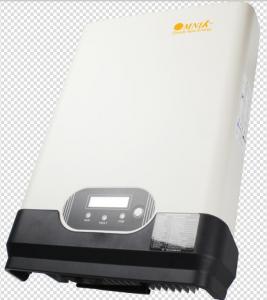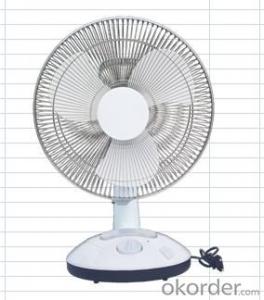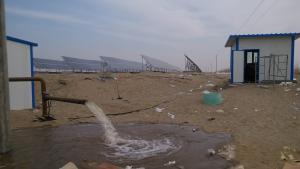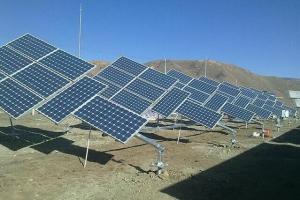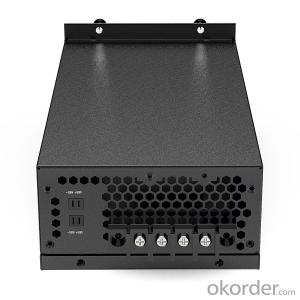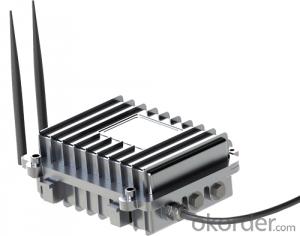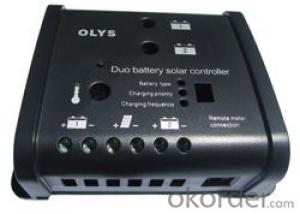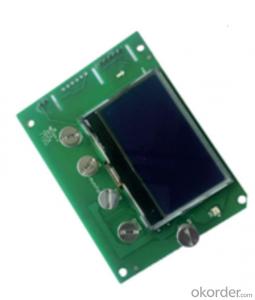Sofar Solar Inverter App
Sofar Solar Inverter App Related Searches
App For Solar Inverter Solis Solar Inverter App Solar Edge Inverter App Abb Solar Inverter App Tesla Solar Inverter App Best Solar Inverter App Sofar Solar Inverter Price Huawei Solar Inverter App Sma Solar Inverter App Delta Solar Inverter App Solar Solar Inverter Application Of Solar Inverter Install Solar Inverter Use Of Solar Inverter Solar Smart Inverter Solar Africa Inverter Smart Inverter Solar Smart Solar Inverter Samsung Solar Inverter Solar Converter Inverter Solar Field Inverter Sun Solar Inverter Solar Inverter Inverter Smart Solar Power Inverter Upgrade Solar Inverter Solar Inverter Upgrade Abb Solar Inverter App Login Solar Electric Inverter Inverter Solar Solar Inverter IsraelSofar Solar Inverter App Supplier & Manufacturer from China
Sofa Solar Inverter App is a comprehensive and user-friendly application designed to manage and monitor the performance of solar inverters. This app offers a wide range of features, including real-time data monitoring, system diagnostics, and remote control capabilities, ensuring that users can efficiently maintain and optimize their solar power systems.The Sofar Solar Inverter App is particularly useful for homeowners, businesses, and solar power professionals who rely on solar inverters to convert sunlight into usable electricity. By providing detailed insights into the performance and health of solar inverters, the app helps users to identify potential issues, maximize energy output, and reduce maintenance costs. This makes it an indispensable tool for anyone looking to harness the power of solar energy efficiently and effectively.
Okorder.com is a leading wholesale supplier of the Sofar Solar Inverter App, boasting a large inventory to cater to the growing demand for this innovative product. With a commitment to providing high-quality solar solutions at competitive prices, Okorder.com ensures that customers have access to the latest technology in solar energy management. By partnering with Sofar Solar, Okorder.com is able to offer a comprehensive range of solar inverter apps that meet the diverse needs of their clientele, further solidifying their position as a trusted supplier in the solar industry.

